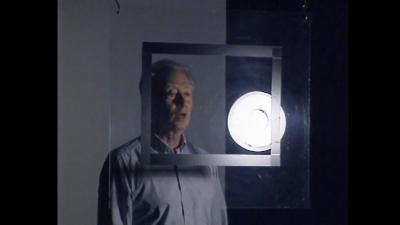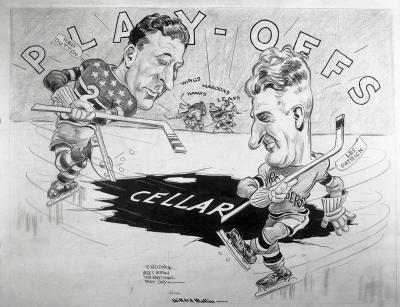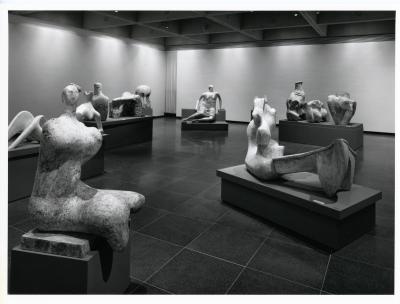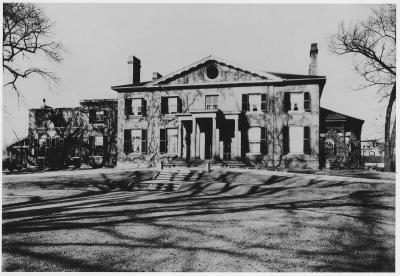Kazuo Nakamura’s Inner Structures
Dissect Nakamura’s love for science and abstraction in his most celebrated works, Inner Structures

Kazuo Nakamura. Inner Structure, c. 1956. Oil on untempered hardboard, 61.1 x 48.4 cm. Art Gallery of Ontario. Purchase with the assistance of the Estate of Christian Claude, 2001. © Art Gallery of Ontario. 2000/1152
Kazuo Nakamura (1926 – 2002) once said, “...scientists and artists are doing the same thing. This world of pattern is the world we are discovering together.” A second-generation Japanese Canadian, Nakamura was born in Vancouver. He, along with his family, were detained at the Tashme Internment Camp near Hope, British Columbia, under Canada’s War Measures Act during the Second World War. During this time while detained at Tashme, Nakamura painted watercolours that documented the surrounding mountainous and agrarian landscapes. Later in 1944, he briefly moved to Hamilton, Ontario and then to Toronto, where he settled as a young and ambitious artist. He excelled in his career and became a founding member of Painters Eleven from 1953 to 1960 – a local group of avant-garde artists known for their bold abstraction. The only racial minority in the group, his works stood out for their meditative quality and restrictive palette of green and blue, largely seen in his abstract landscapes.
On view now at the AGO, Kazuo Nakamura: Blue Dimension is a retrospective of his works from the 1950s to 1980s. Organized chronologically, visitors are invited to explore how Nakamura’s personal style evolved throughout his career and life, from geometric abstractions to landscapes, still lifes and his Number Structure series. Nakamura believed that art is a science. As his career as an artist evolved and he became more recognized, his work gradually placed more emphasis on his fascination with mathematics and science with the use of geometric shapes, lines, grids, and ellipsoids. From the subtle use of lines to create depth to literally drawing numbers on canvas, he did not shy away from letting people know what he loved.

Kazuo Nakamura. Inner Structure, 1956. Oil on hardboard, 60.8 x 78.8 cm. Art Gallery of Ontario. Gift of Mr. Charles McFaddin, Toronto, 1985. © Estate of Kazuo Nakamura. 85/115
The Inner Structure series includes some of Nakamura’s most celebrated works. Created in the late 1950s and early 1960s, the backgrounds of these abstract paintings are washed in shades of green and blue, and painted on top are loosely ordered dark pattern of lines – all in similar composition and colouring. Nakamura named “scientific photographs of sub-atomic particle tracings” as an inspiration of his for this series.
The chaotic pattern of lines presents a depiction of the internal structure of nature, which Nakamura had been exploring through different artistic styles, ranging from figuration to abstraction. Inner Structure represents his interest in the structural foundation of the world. In this series, he captures the atomic structures in motion through the dark lines on monochromatic hues. The haziness and out-of-focus quality of the background juxtaposed with stark lines echo the atmospheric effects found in French Impressionist paintings and 20th century Japanese landscape paintings – both of which were deeply influential artistic inspirations for Nakamura. The title of the painting asks us to question the nature and location of the “inner structure” among the visual tension of brush strokes. The final artwork is a direct outward manifestation of its title.
Works from the Inner Structure series are now on view at the AGO as part of Kazuo Nakamura: Blue Dimension on Level 2 in the Bovey Gallery (gallery 225).

























































